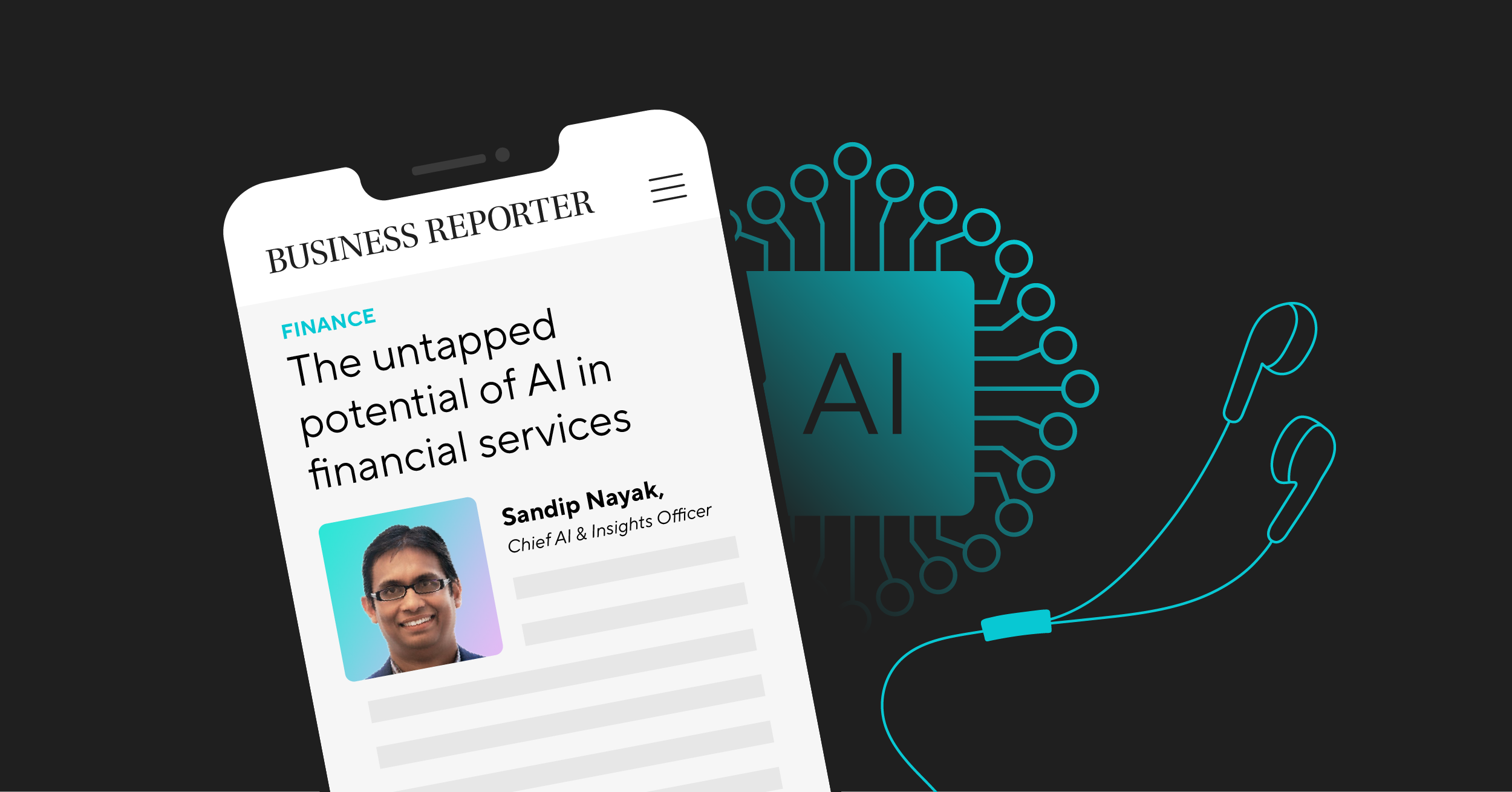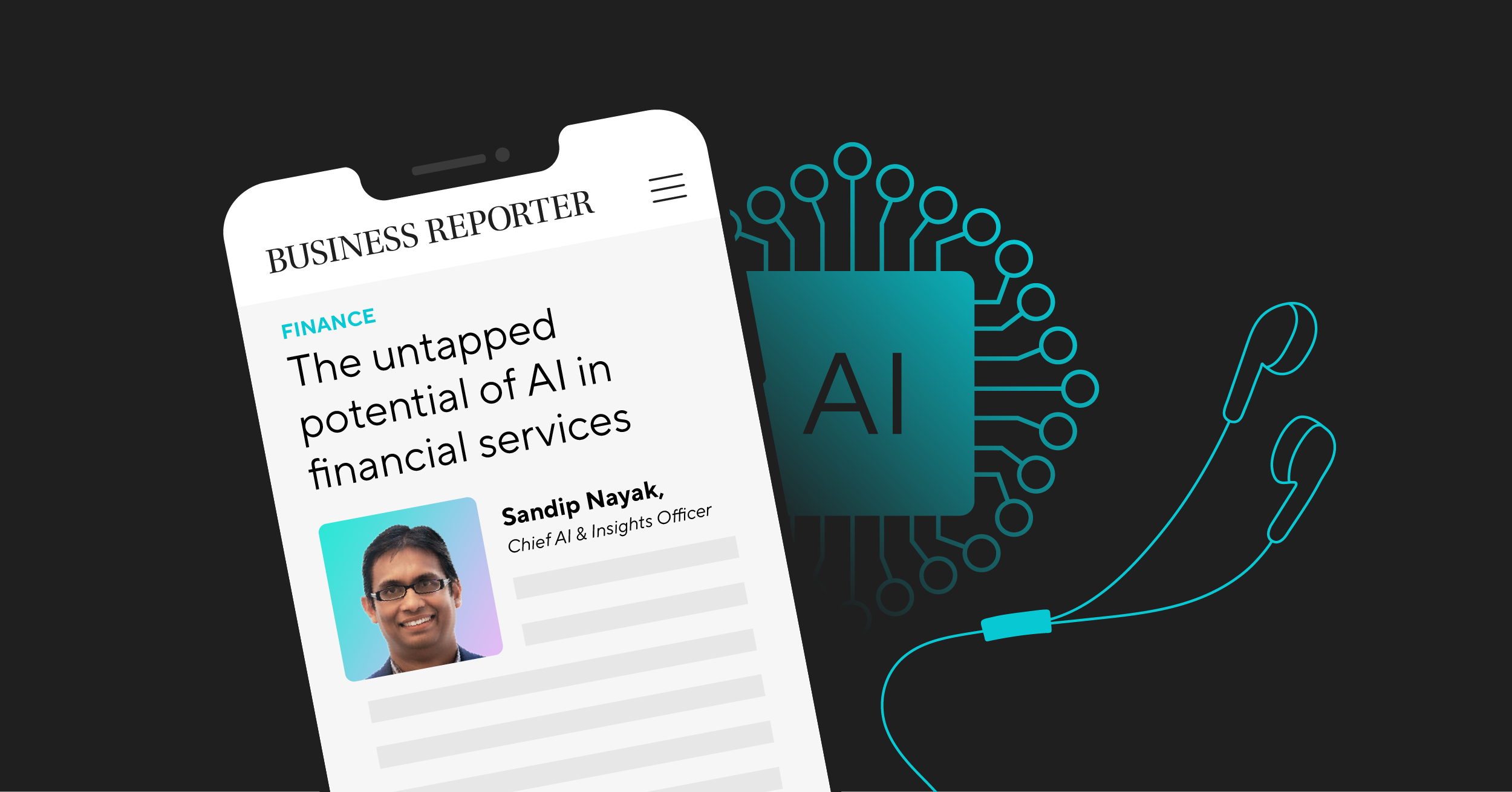This is a reprint of an article and podcast that originally appeared on Business Reporter on February 27, 2023.
The rapid advancement of artificial intelligence (AI) technologies has transformed business operations across the globe. From customer service chatbots to adaptive cyber-security, the applications of AI are limitless. AI can help minimize paperwork, reduce cost and drive better business decisions by increasing the predictive accuracy of future outcomes and mitigating the cognitive biases inherent in human decision-making.
In the financial services industry, the potential of AI is staggering.
AI can expand access to affordable credit for consumers and small businesses, combat fraud, detect and prevent financial crimes and increase financial inclusion. But many financial institutions remain reluctant to deploy AI to its maximum potential amid seemingly mixed messages from US regulatory agencies.
Like many new technologies, the current AI landscape lacks a depth of established legal and regulatory precedent. Mistrust in AI is largely born out of its novelty and lack of understanding, combined with the general fear of new technology. In fact, a recent survey from Gartner research found that 79 percent of finance executives attributed "fear of the unknown" to their reticence to adopt AI.
To date, financial institutions are mostly employing AI to mitigate fraudulent transactions, know-your-customer (KYC) risks and cyber-security risks. "Machine learning" is becoming an increasingly critical tool in protecting consumer financial data and thwarting criminal attempts to access sensitive customer information.
But the greatest potential for AI in financial services remains in transforming consumer and small business lending. While empirical underwriting models have been deployed in lending for decades, the predictive power of traditional techniques pale in comparison to the predictive powers of AI and machine learning. Deploying AI will lower borrowing costs for consumers and small businesses and bring more "underbanked" customers into the traditional banking system and, therefore, under the purview of federal regulators and consumer protections. Moreover, at a time of enormous financial instability, AI and machine learning have the potential to provide a pathway to affordable credit for scores of consumers and small businesses amid historic inflation and economic uncertainty.
AI-driven lending is most impactful when it is trained on the widest set of relevant datasets. By incorporating data beyond what is currently available in credit bureau reports, lenders can extend credit to borrowers with little to no conventional credit history, greatly expanding access to affordable credit. Therefore, not only should the regulatory community get behind AI in lending, it should also encourage the use of so-called "alternative data" – information that isn't actually all that "alternative" – whether it be bank account transactions, payroll data, spending habits, or utility bill payments, all with the customer's express consent.
While the consumer benefits of AI are clear, the current regulatory framework did not envision these types of technology-driven underwriting models. Thankfully, regulators are beginning to focus on this space. Last year, the five federal banking agencies jointly requested input on how AI is being used in financial services, a welcome sign that regulators understand the potential of AI and share the urgency to build an AI regulatory regime that balances innovation with consumer protection.

The untapped potential of AI in financial services
Business Reporter
To learn more about how FIs can use AI to drive better customer experiences and business outcomes, read Amount CEO Adam Hughes's take on the topic.
 Read Article
Read Article
